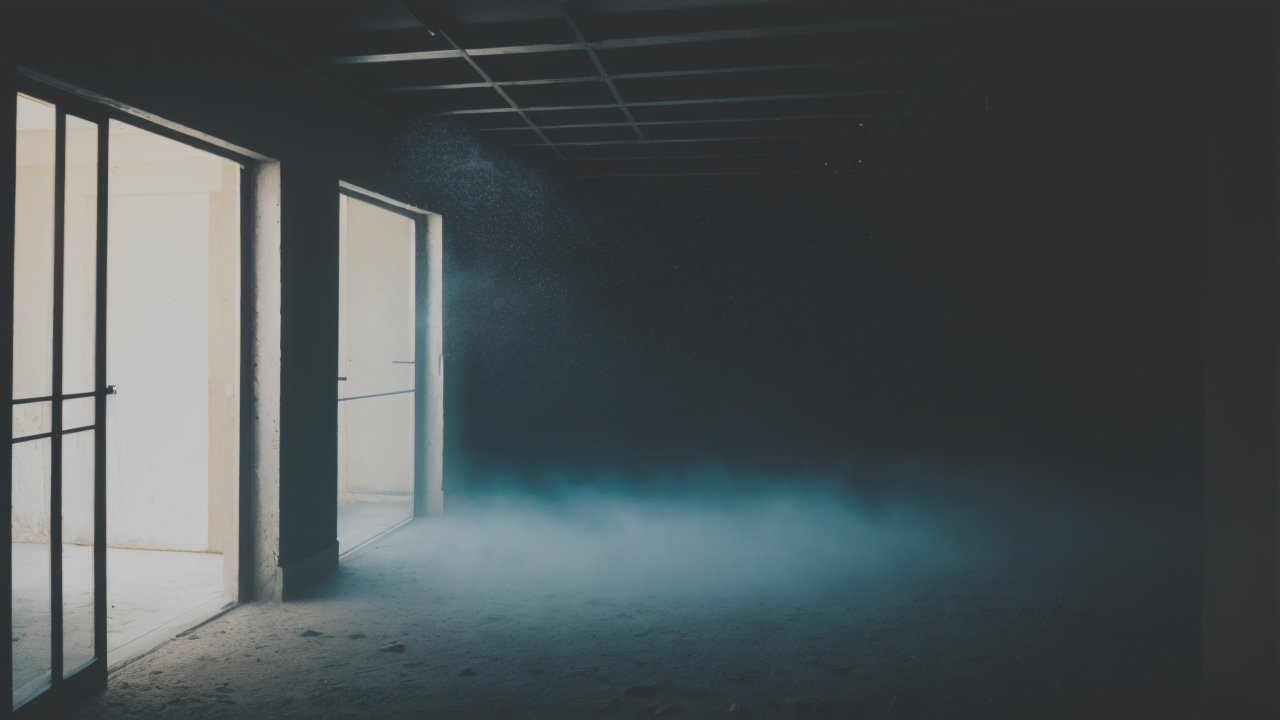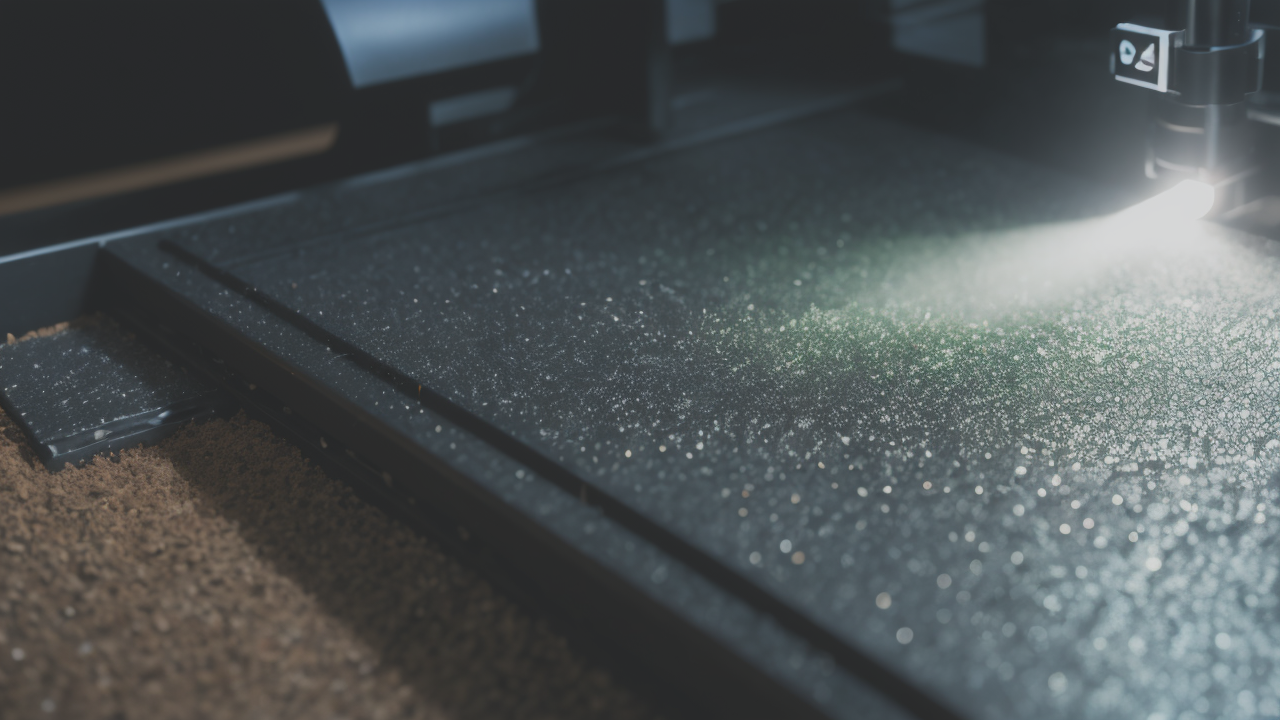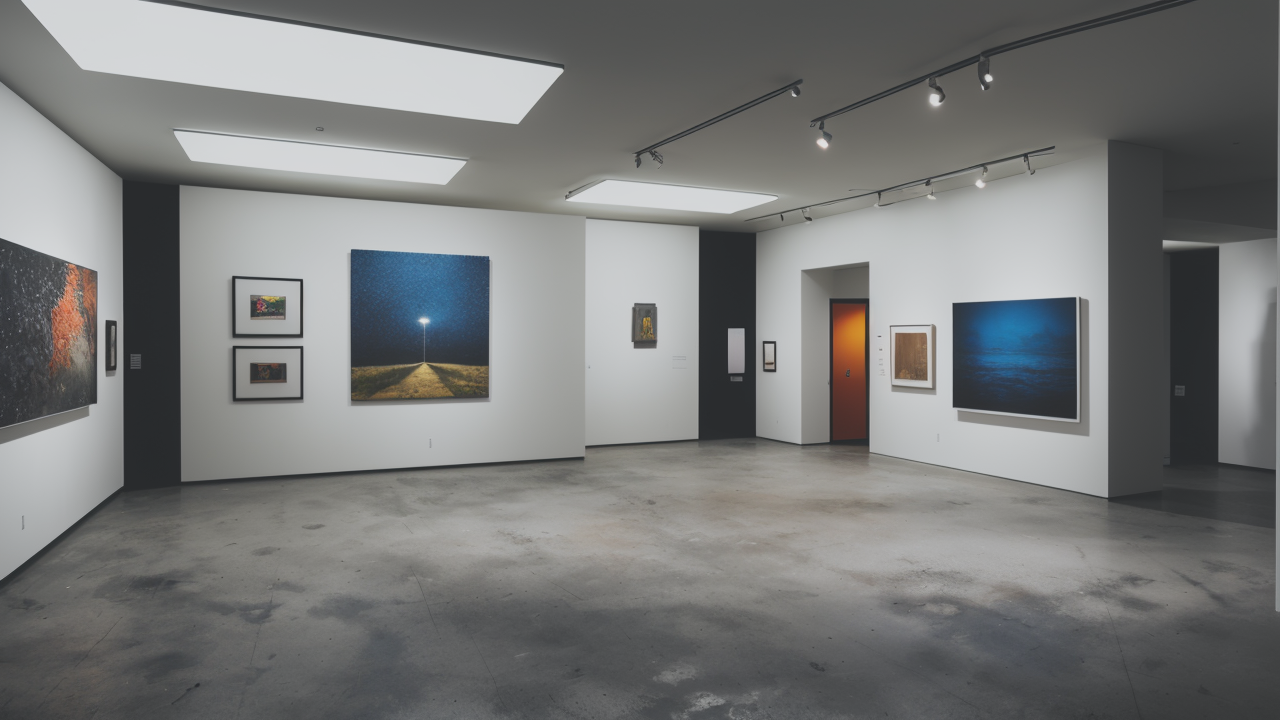
Elevating Your Wall Art: Expert Strategies for Incorporating Oil Painting Textures
Understanding the Aesthetic of Plaster Art Texture Painting
The Historical Context of Plaster in Art
Plaster has been a key material in art for centuries. Ancient Egyptians used it to decorate tombs. Greeks and Romans created stunning sculptures with it. During the Renaissance, artists rediscovered its potential. They used plaster for frescoes and decorative elements. In the 20th century, plaster found new life in modern art. Artists began to explore its textural qualities. They saw it as a medium for expression, not just decoration. This shift marked a turning point in art history. It paved the way for complex textures in contemporary art. Today, plaster art continues to evolve. Artists push boundaries, blending tradition with innovation. The use of plaster reflects changing artistic values over time.

Aesthetic Principles of Textured Painting
Textured painting is all about depth and dimension. Artists use plaster to create layers and relief. This adds visual and tactile interest to their work. Balance is key in textured art. Artists must consider how rough and smooth areas work together. Light and shadow play a crucial role. They highlight the texture and create contrast. Color can enhance or subdue textural elements. The overall composition is important. Artists balance texture with other elements like form and line. The goal is to create a harmonious yet dynamic piece. Texture can evoke emotions and sensations in the viewer. It adds a new layer of meaning to the artwork. Many artists use texture to tell a story or convey a message.
Psychological Implications of Complex Textures
Complex textures in art can have profound effects on viewers. They engage the mind on multiple levels. Visual texture stimulates the brain's pattern recognition. Tactile texture, even when only seen, activates sensory memory. This can evoke strong emotional responses. Rough textures may create feelings of discomfort or intrigue. Smooth textures often convey calm or serenity. The complexity of texture can hold attention longer. It encourages deeper engagement with the artwork. Some textures may trigger specific memories or associations. This personal connection can enhance the viewer's experience. Artists use this to convey messages or evoke certain moods. The psychology of texture is a powerful tool in modern art.
Technological Advancements in Plaster Art Painting
Innovations in Plaster Materials and Application
Recent years have seen significant advances in plaster materials. New formulas offer improved durability and flexibility. Some plasters now incorporate synthetic materials. These enhance strength and allow for finer details. Application techniques have also evolved. Spray systems enable even coverage on large surfaces. 3D printing technology is being adapted for plaster art. This allows for precise, repeatable textures. Artists can now create effects that were once impossible. Tools for sculpting and manipulating plaster have improved. They offer greater control and precision. These innovations expand the possibilities for artists. They push the boundaries of what's possible in textured art.

The Role of Technology in Texture Creation
Technology has revolutionized texture creation in art. Digital tools allow artists to design textures virtually. These can then be translated to physical form. 3D modeling software helps plan complex textural compositions. Laser cutting creates precise patterns in plaster surfaces. CNC milling machines can carve intricate designs. Virtual reality is being used to visualize textures before creation. AI algorithms are generating new texture patterns. These tools don't replace artistic skill. Instead, they enhance an artist's ability to realize their vision. They open up new avenues for creativity and expression. The fusion of technology and traditional techniques is driving innovation.
How Technology is Shaping the Future of Art
Technology is not just changing how art is made. It's altering how we experience and interact with art. Augmented reality can add digital layers to physical textures. This creates dynamic, changing artworks. 3D scanning preserves textured art in digital form. This allows for detailed study and reproduction. Online platforms are making textured art more accessible. People can explore surface details from anywhere in the world. AI is beginning to create its own textured artworks. This raises questions about creativity and authorship. As technology advances, the line between digital and physical art blurs. The future of art lies in this intersection of tradition and innovation.
Market Trends and the Role of Plaster Art Texture Painting
The Growing Demand for Textured Artwork in the U.S.
Textured artwork is gaining popularity in the U.S. art market. Collectors are seeking pieces that engage multiple senses. Plaster art offers a unique tactile experience. This sets it apart in a world of digital imagery. Interior designers are incorporating textured art into their projects. It adds depth and interest to living and working spaces. The trend reflects a desire for authentic, handcrafted items. Plaster art often showcases the artist's touch in a tangible way. Young collectors are particularly drawn to textured works. They value the originality and sensory experience. This growing demand is driving innovation in the field. Artists are experimenting with new techniques to meet market interest.

How Art Galleries and Collectors are Responding to Textured Art
Galleries are adapting to showcase textured art effectively. Lighting design is crucial to highlight surface details. Some galleries encourage visitors to touch the art. This creates a more immersive experience. Collectors are investing in proper display and care for textured pieces. Museums are featuring more textured works in their collections. This exposure is raising the profile of plaster and textured art. Online galleries are using 3D imaging to show texture details. This helps remote buyers appreciate the works. Art fairs are dedicating more space to textured and sculptural pieces. The market is recognizing the unique value of these artworks.
Predicting the Future of Plaster Art in the Contemporary U.S. Market
The future looks bright for plaster art in the U.S. market. As technology advances, new possibilities will emerge. We may see a blend of traditional techniques with digital elements. Sustainability is likely to become a key focus. Artists may explore eco-friendly plaster alternatives. The market for custom, site-specific installations could grow. These pieces offer unique experiences that can't be replicated. Collaborations between artists and architects may increase. This could lead to more integrated art in building design. The line between fine art and functional design may blur further. Plaster art could find new applications in everyday objects. As the market evolves, education will be crucial. Helping buyers understand the value of textured art will be key.


